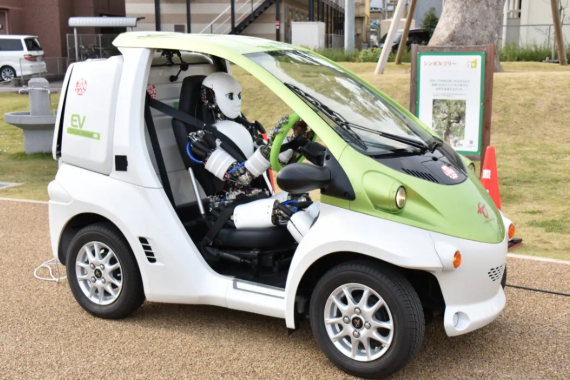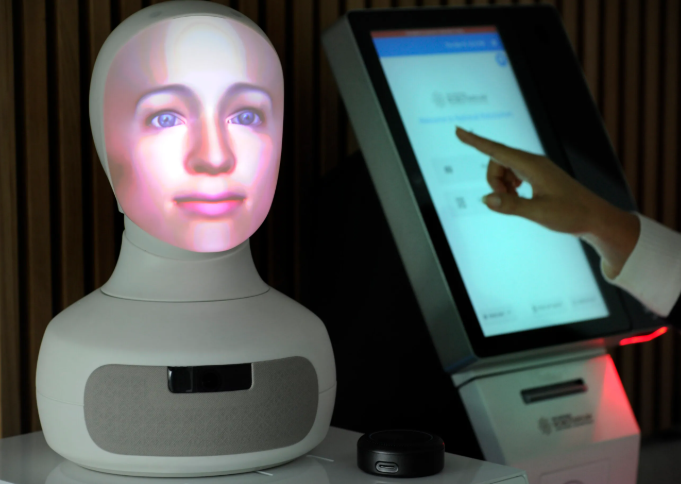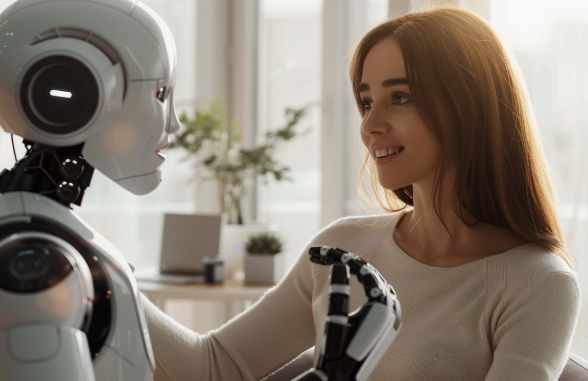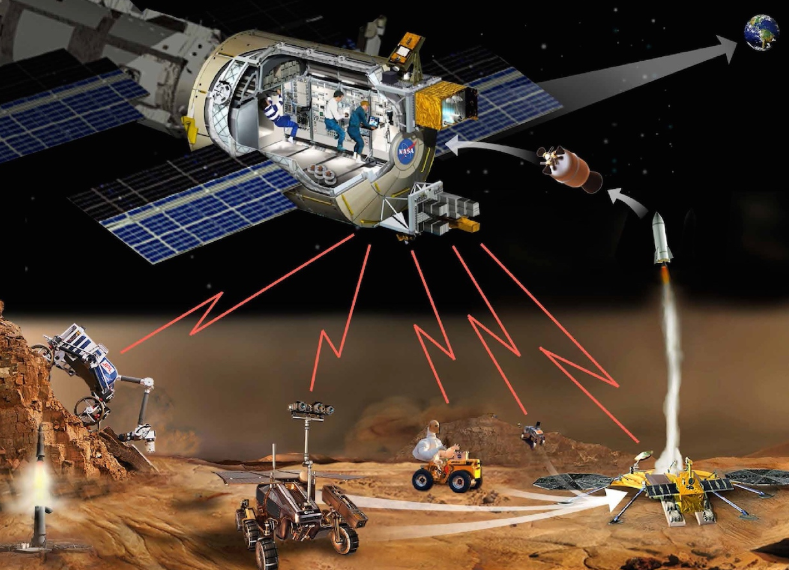
Imagine a world where delivery arrives not by a person, but by a nimble, wheeled machine that navigates city sidewalks with ease. Picture warehouses humming with activity, managed not by human supervisors, but by fleets of autonomous vehicles that optimize logistics in real-time. This isn't a scene from a sci-fi movie; it's the reality being built today by the rapid advancement of the Self Driving Robot. This technology represents a monumental leap, merging the principles of autonomous vehicles with compact, agile robotics to solve real-world problems.
What Exactly is a Self Driving Robot? Deconstructing Autonomy
At its core, a Self Driving Robot is an autonomous mobile robot (AMR) designed to perceive its environment, make decisions, and navigate without continuous human intervention. Unlike their pre-programmed, rigid ancestors (AGVs - Automated Guided Vehicles) that follow fixed paths like magnetic strips or wires, these robots are dynamic. They leverage a sophisticated suite of sensors—including LiDAR, cameras, ultrasonic sensors, and inertial measurement units (IMUs)—to create a real-time map of their surroundings.
The Core Technologies Powering Autonomous Navigation
The magic of a Self Driving Robot doesn't happen by chance; it's the result of several cutting-edge technologies working in concert.
1. Perception: The Robot's Senses
This is how the robot sees the world. Cameras provide rich visual data for object recognition, while LiDAR uses laser pulses to create precise 3D point clouds of the environment, accurately measuring distances. Ultrasonic sensors and radar are often used for close-range obstacle detection and to handle adverse weather conditions, creating a robust and redundant sensory system.
2. Cognition: The Robot's Brain
This is the onboard computer where the heavy lifting occurs. Here, sensor data is fused together. SLAM algorithms allow the robot to build a map of an unknown environment while simultaneously tracking its own location within it. Machine Learning models, particularly computer vision AI, are trained to identify and classify objects—such as people, cars, doors, and curbs—enabling the robot to understand context and react appropriately.
3. Action: The Robot's Movement
Once a path is calculated, the command is sent to the robot's actuators—typically precise electric motors connected to wheels or tracks. The control system constantly adjusts torque and speed to execute smooth acceleration, deceleration, and turning, ensuring the journey is not only efficient but also stable and safe for any payload it might be carrying.
Beyond Warehouses: Surprising Applications of Self Driving Robot Technology
While logistics and manufacturing are the most obvious beneficiaries, the versatility of this technology is leading to innovative applications across numerous sectors.
Last-Mile Delivery Bots
Companies like Starship Technologies are deploying small, cooler-sized Self Driving Robot fleets to deliver food and groceries directly to consumers' doors. These robots navigate urban sidewalks, cross streets at crosswalks, and can even summon an elevator, promising to reduce delivery costs and carbon emissions.
Agricultural and Environmental Monitoring
Autonomous robots are tending to crops, using hyperspectral cameras to monitor plant health, precisely applying water or pesticides, and even harvesting produce. This application of a Self Driving Robot is a cornerstone of precision agriculture, boosting yields and promoting sustainability.
Public Safety and Disinfection
In the wake of the global pandemic, we saw Self Driving Robot units deployed in hospitals and airports to provide continuous UV-C light disinfection of surfaces and air, reducing risk for human workers and the public.
Building Your Own: A Glimpse into the World of DIY Robotics
The core concepts of a Self Driving Robot are becoming increasingly accessible to students, hobbyists, and researchers. A typical beginner project involves a Raspberry Pi or Arduino microcomputer, a motor driver shield, a set of ultrasonic sensors, and a chassis kit. Starting with simple line-following or obstacle-avoidance code provides a fundamental understanding of the feedback loops essential for autonomy. For those looking to dive deeper into a comprehensive hands-on project, we highly recommend checking out Your Ultimate Guide to Building a Driving Robot Kit, which provides a fantastic step-by-step resource for enthusiasts at every level.
FAQs: Your Questions Answered
Q: How do Self Driving Robots differ from self-driving cars?
A: While they share core technologies like SLAM and LiDAR, they operate in different domains. A Self Driving Robot is typically designed for slower speeds in constrained or pedestrian-rich environments (sidewalks, warehouses, homes). Their challenges often involve navigating around people and smaller, more dynamic obstacles, whereas self-driving cars must handle high speeds, complex traffic laws, and other vehicles.
Q: Are Self Driving Robots safe to be around people?
A: Safety is a primary design focus. These robots are equipped with multiple redundant sensors to detect obstacles from all directions. Their movements are typically slow and deliberate, and they are programmed to stop immediately if an unexpected object enters their path. Many also feature audible signals or lights to alert people of their presence and intentions.
Q: What is the biggest technical challenge facing Self Driving Robot development today?
A: Beyond cost, the single greatest challenge is "edge case" handling in perception. While robots are excellent at navigating structured environments, unpredictable human behavior, poorly lit areas, and unrecognized objects (e.g., a suddenly appearing cardboard box) can still pose significant problems. Improving AI's ability to generalize and understand context is the key frontier.
The Road Ahead: An Autonomous Future
The evolution of the Self Driving Robot is not just a tale of technological triumph; it is a narrative about redefining efficiency, accessibility, and the very nature of work. These machines are transitioning from novel prototypes to essential tools in our economic and social infrastructure. As artificial intelligence becomes more sophisticated and sensor technology becomes more affordable, we will witness an explosion of new applications, from domestic helpers providing elder care to construction robots building our cities. The journey of the Self Driving Robot is just beginning, and it is steering us toward a future that is more automated, more efficient, and undoubtedly, fascinating.







